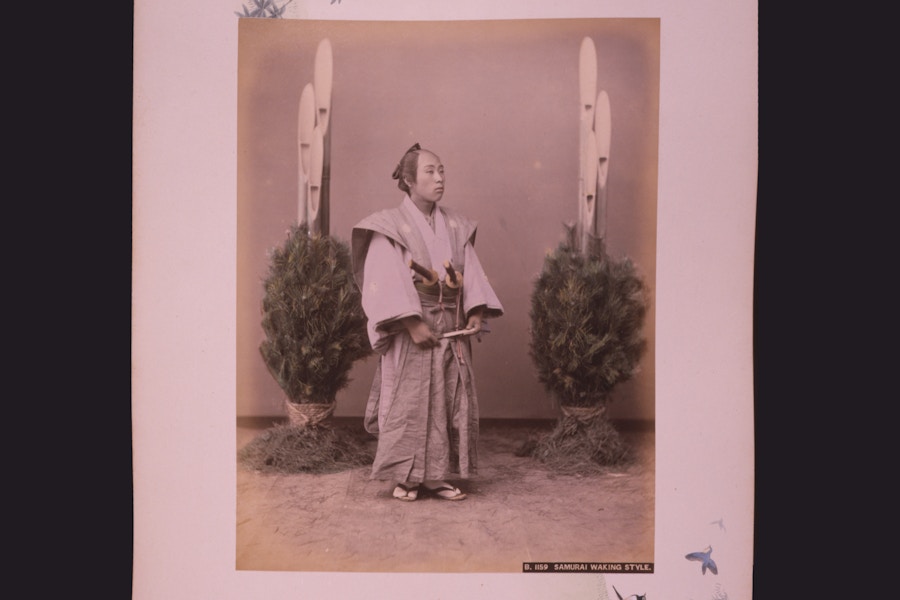When you hear the word “monk” or “monastery,” perhaps you envision a chubby, jolly figure living a simple but good life. Or perhaps you see a serious, ominous figure chanting day and night in a chapel.
When I tell people I’ve drawn inspiration for my own spiritual life from the traditions of these ancient brothers in the faith, they’ll often look at me and ask: “Why would an Asian person be interested in a monastic path?”
After all, the monastic tradition in the Western Church originated with St. Benedict, a Christian living in sixth-century Italy — not Japan. Benedict developed a rule — or rhythm of life — to help Christians live in community while being responsive to their individual needs. This rule was so attractive and practical that it became the basis for Christian communities across Europe, and beyond.
But there are some interesting parallels between monastic traditions and my personal history.
Several years ago, our church staff took some time to investigate our family trees. We did this as a way to better know ourselves and our other team members. While exploring my roots, I discovered something surprising — my own ancestors were Japanese samurai. Though most people are familiar with the image of samurai as highly skilled and disciplined warriors who sprang to the defense of their community, I also learned that samurai were farmers, philosophers, poets, and artists. They lived by a code of honor called bushido, a set of rules and practices that guided their life and enabled them to grow into people of wisdom, fortitude, loyalty, compassion, and service. They centered on one purpose: serving their samurai lord and the community. Their lives were often demanding, ascetic and even brutal. But much like the ancient Christian monastics, they found that living by a particular pattern of life empowered them to become wise, courageous, compassionate people who served their lord and the common good.
I found myself longing for something similar — a pattern of life that would help me live well, grow, and faithfully serve my lord, Jesus Christ, and the larger community. As I learned more about bushido and the rule of life under which Christian monastics lived, I saw that both of these ancient cultures had developed something simple, yet profound: a life patterned on proven practices that helped them cultivate their character and contribute to the world.
I don’t live in a monastery. Nor am I a samurai swordsman. I’m just an ordinary guy — a businessman turned pastor who struggles with the challenges we all face. I am a father and a husband. I am a follower of Jesus. And I understand the challenge of integrating all of these callings into a simple way of life, balancing the various demands I face with wisdom and grace.
But I have found a way to live out my commitment to Christ in each of my different relationships and roles through a life-giving rhythm, a rule of life patterned on the ancient monastic rule Benedict developed. A rule of life is simply a rhythm of practices that empowers us to live well and grow more like Jesus by helping us experience God in everything. Typically, it includes time for personal devotions and communal worship; self-care, including exercise and recreation; care for our family and friends; and benchmarks for how we try to put our faith into action, including through practices such as tithing and community service.
Though the word rule may sound harsh and confining, I have found that living by a rule has paradoxically freed me to pursue the life I have always longed for — a life of deeper, transforming friendship with Jesus and fruitful contribution to the world.
Excerpted from Ken Shigematsu’s book God in My Everything (Zondervan 2013). Used with permission.
Text First Published August 2013


